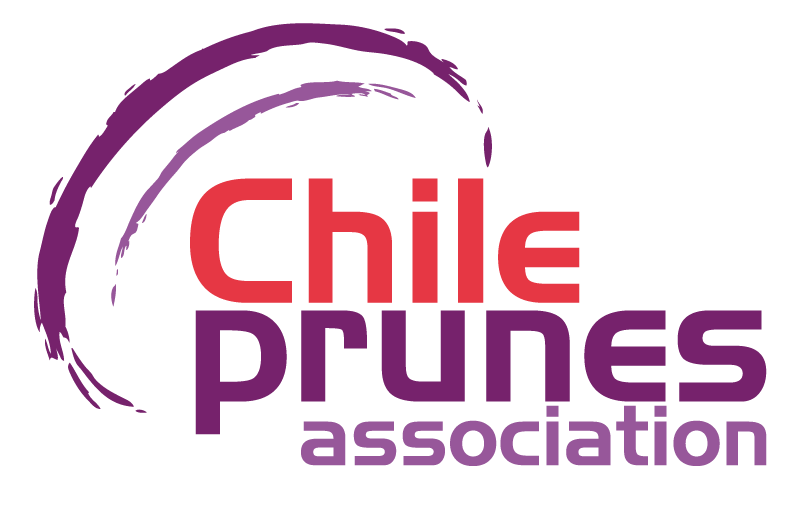In the context of the 12th EXPO Ciruelas Secas 2025 (EXPO Prunes), Sebastián Valdés, companies’ director, had the opportunity of exposing about a phenomenon that causes concern in the local industry: the prune from California gets recurrently a price 40% higher than the fruit produced in Chile.
“They call it market premium and they say it happens because there is a value perceived by the consumer that justifies this premium and it is associated to the offer of a better product and to a work focused in promoting the benefits of such product; this impacts the consumer’s perception in their favor”, said the agro-industrial and family companies’ director.
But, is this thesis correct? He gathered it is, and he did after analyzing in detail the strategy developed by the producers from California in their efforts in the agricultural aspects as well as in the marketing aspects.
“The evidence is that on the level of export prices and on the producer’s return this premium exists”, asserted Valdés. There are several reasons that explain this:
The first cause is the constant quest to achieve a bigger size plum. “If we compare the plum from California to the one from Chile, there is a clear difference in the size of the fruit and the difference is big. This is a first check”, he pointed out.
He also highlighted the uniformity and consistency they have achieved. “During the last 18 years, more or less, they have invested around US$ 15 millions in investigation to improve these aspects. So, there is an effort by the association to advance in this regard”, he added.
Added value
Additionally, in California there has had a clear focus towards an offer with “added agro-industrial value” to put in the supermarket gondola a pitted, tenderized and, in a great proportion, already packed with its own brand product. By contrast, a great percentage of the Chilean production stays in natural condition.
“During recent years around 46% of the product from California is sold in packets; in other words, it is indented for retail market with a logistic chain. There is the added value and the brand making”, said Valdés.
California, additionally, allocates a lot of resources to promote its product in destination with higher purchasing power, mainly Japan, Canada and Italy and also United Kingdom and China.
“All the United States target markets have high per capita income. And, obviously, a market with high income consumers is more willing to pay higher prices for products that offer added value. If we compare to Chile, the per capita income of the markets of California doubles ours”, he remarked.
The perception of the attributes of a product can improve investing in promotion, an item California has managed skillfully.
Sebastián Valdés specified that between 2015 and 2024 the California Prune Board invested US$ 67.4 millions in marketing actions developed in international and also national markets; this amount does not include additional resources allocated to investigation and development.
“A consumer will pay more for something he perceives a different thanks to promotion even though it could not be necessarily in objective terms”, pointed out the economist.
But Valdés warned that the advances from California do not represent a fight from David against Goliath. “The industries are similar in size; non the less, they invest around US$ 11 millions per year in promotion and investigation, approximately 20 times the budget of Chileprunes; this clearly generates a bias that favors them”, he stated.
Competitive advantages
Non the less, he said that Chile is in an excellent position to face the US challenge thanks to competitive advantages “that California cannot match”; for once our productivity per hectare more than doubles that of California.
But he urged us not to stay in the comfort zone and to move forward in the effort to leave behind the primary industry stage and to be aware of the dependency on China, “which is a processing country and is taking a big part of our offer without added value, only the fresh fruit”.



